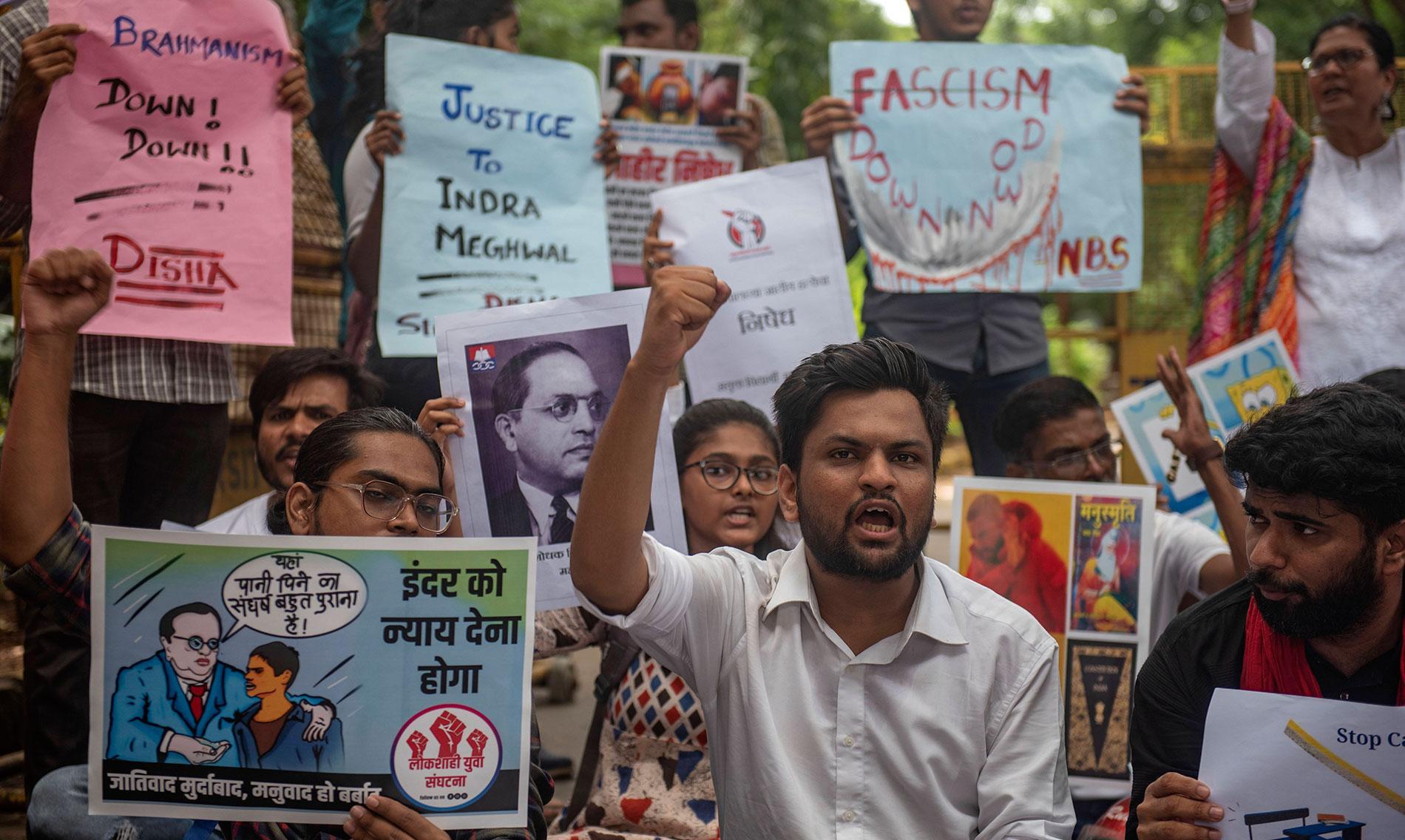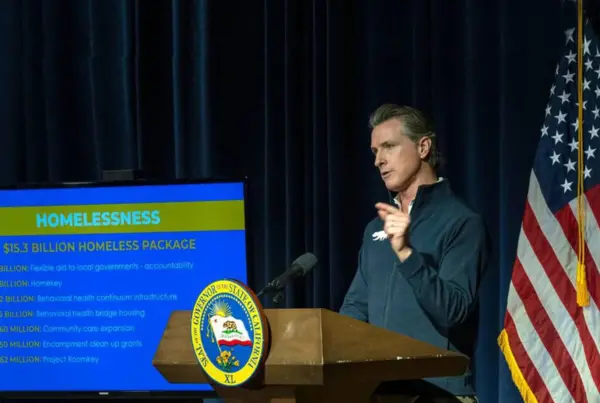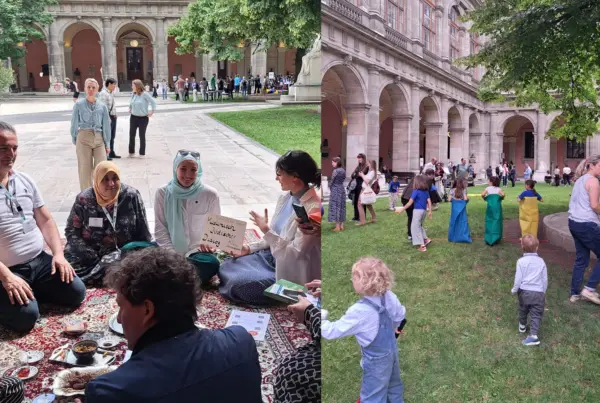India, the world’s largest ‘democracy’, is home to the racist, inhumane and discriminatory caste system. At the bottom of this castocracy are the Dalit or untouchables. India is plagued by daily violent hate crimes against the Dalit. Rape and killing of Dalit caste members goes unpunished. In August 2022 nine-year-old Dalit student Indra Meghwal was killed by his teacher for drinking water from an earthen pot reserved for students of ‘upper castes’. In September 15-year-old Nikhil Dohre, a Dalit student, was killed by his teacher for misspelling the word ‘social’ in an exam. Democracies have no outcasts.
Yegor Shestunov, 12 December 2022
In India’s northern state Uttar Pradesh on 26 September, Nikhil Dohre, a member of India’s Dalit caste (aka the untouchables) was killed by his high school teacher at Adarsh Inter College for misspelling the word ‘social’ in an exam. His teacher brutally struck him repeatedly with a rod and kicked him until he fell unconscious. Nikhil died in the hospital from his injuries. Despite the public outcry and the immediately initiated police search, the teacher has successfully evaded arrest and is still on the run.
Indra Kumar Meghwal, a nine-year-old Dalit student at Saraswati Vidya Mandir school in Surana village in Jalore Rajasthan, was killed by his teacher on 19 August 2022 for drinking water from an earthen pot reserved for ‘upper castes’. The village Panchayat did not assist the family with financial, legal or even medical support. Indra Meghwal died 24 days after the attack after being denied medical care by numerous hospitals.
The term Casta is derived from a Portuguese word meaning breed, or lineage. It is a term used to define the status of social inter- and outer- groups in feudalistic systems on the basis of prescribed, hereditary occupations and obligations, the Jajmani system.
It’s hard to let go of the past. And the longer something goes on – the harder it gets.
The “…Caste System is not merely division of labour. It is also a division of labourers. Civilised society undoubtedly needs division of labour. But in no civilised society is division of labour accompanied by this unnatural division of labourers into watertight compartments. Caste System is not merely a division of labourers which is quite different from division of labour—it is a hierarchy in which the divisions of labourers are graded one above the other… it involves an attempt to appoint tasks to individuals in advance, selected not on the basis of trained original capacities, but on that of the social status of the parents…” (Ambedkar, 1936)
It is disappointing that Ambedkar’s undelivered speech (whose invitation to a 1936 meeting of liberal Hindu caste-reformers in Lahore was revoked owing to its controversiality) is a timeless statement that aged rather too well. The economist and jurist Bhimrao Ramji Ambedkar (1891 –1956) was instrumental in the establishment of the state of India. He headed the committee drafting India’s new Constitution. A Dalit himself, he advocated for the political rights and social freedom for Dalits.
India has changed a lot over the course of its long history, with changes most prominently occurring since independence from the British in 1947. However, despite industrialization, urbanization and economic development, some things remained unchanged.
The caste system – interconnected with almost every social aspect in India and firmly embedded in religious beliefs– has proven resistant to change throughout the centuries. In fact, despite generational change, a rewritten constitution since British colonialism and numerous legal reforms throughout the decades, the caste system, along with its associated massacres and violence has survived and is firmly embraced.
People come and go, but institutions people create sometimes stay around much longer, outliving them. While formally a democracy, and while having the necessary legal framework, India could not free itself of its past structures.
India is a castocracy: with as many as 3000 main castes and as many as 25 000 sub-castes it is one of the most complex systems of stratification in the world.
Perhaps the purpose of the caste system was not always discriminatory. Ambedkar, for example, believed that it originated as a system of division of labour. This system was meant to mobilize the population accordingly and to preserve endogamy and fusion of the castes. However, it turned into a deeply embedded network of religious, political, and economic relationships; resulting in methodical discrimination, and social exclusion.
Whatever the original purpose was, it is unlikely that the daily horrors and crimes associated with the caste system were the original intention. The Dalit or untouchables, a quarter of India’s population, are the lowest of the low according to the caste system. Over the decades, oppression, prejudices, murders and gang rapes of the untouchables became so disturbingly common that simply calling them systemic would be an understatement.
Historically, the untouchables experienced expulsion and isolation. Today, the untouchables are not allowed to drink from the same wells as the other classes. They are not allowed to attend many Hindu temples. They must perform the worst jobs. They are already politically marginalized and have nowhere to turn to as the police mostly side with the upper classes.
A brief examination of the headlines of ordinary Indian newspapers shows that every day someone is beaten to death, tortured, raped, lynched, burnt alive—on the basis of caste. As many as five atrocities are committed against the untouchables per hour.
This raises an interesting question: why are the untouchables touched? Because, according to Manusmriti, one of the legal texts and constitution among the numerous Dharmasastras of Hinduism, anyone who touches the untouchables becomes impure. The idea of purity plays one of the most central roles in Hinduism, with the caste system enforcing this idea. Why would the higher casts voluntarily become impure through gang rapes, murders and other crimes?
One of the explanations, according to Human Rights Watch, is that abuse and other forms of violence is used as a tool by landlords and police to inflict political “lessons”, to crush dissident- and labour movements and to “assert their caste power”.
Since they are perceived as lowest of the low, the Dalit are not considered human. Historically this has indeed been so: in the 20th century alone there were more than a dozen massacres and slaughters, and while the 21st century started not too long ago, there were already as many caste-related violence cases. Since the early 1990s, because of the untouchable’s growing rights movements, acts of violence increased exponentially.
What can one do to a caste system that has existed for more than three thousand years? What can change the longest-running system of social organization?
The solution would be, according to Cynthia Stephen who is a social policy researcher working on issues concerning the untouchables, empowerment of the untouchables; strict implementation of the law, decisive actions, adequate education and promotion of rights – all of which is much easier said than done, given the fact that India is not planning to eliminate or change its cast system any time soon.







